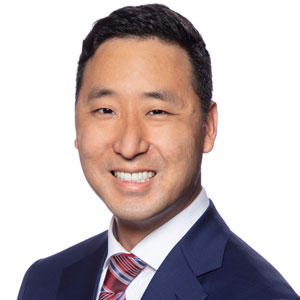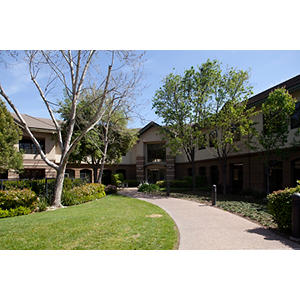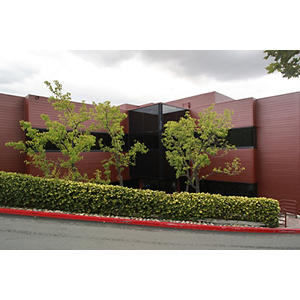
Daniel Han, MD
Assistant Professor
Pediatric Urology
“I strive to provide the very best care possible with compassion, empathy, and understanding.”
My Approach
We often take the ability to urinate for granted, but when there are difficulties, it can impact a child’s life and well-being. My ultimate goal is to help patients achieve their best health possible, whether that involves a potential cure through surgery or greatly enhanced quality of life through innovative treatments.
It’s important to me that parents understand their child’s condition and his or her care options. As a previous high school teacher, I learned to explain things in simple terms and I welcome questions. I find great joy in talking with children and sharing common interests to put them at ease.
As a parent who has lost a child due to severe health issues, I deeply understand the fear and worry that parents can experience when their child is sick or has a health condition. That’s why I strive to provide the very best care possible with compassion, empathy, and understanding.
Locations


Work and Education
Loma Linda University School of Medicine, Loma Linda, CA, 05/26/2013
UCSD Surgery Residency, San Diego, CA, 06/30/2015
UCSD Urology Fellowships, San Diego, CA, 06/30/2019
Children's Hospital Colorado Pediatric Urology Fellowship, Aurora, CO, 06/30/2021
Stony Brook University School of Medicine, Stony Brook, NY, 09/21/2014
Urology, American Board of Urology, 2023
Languages
English
Korean
Connect with us:
Download our App: